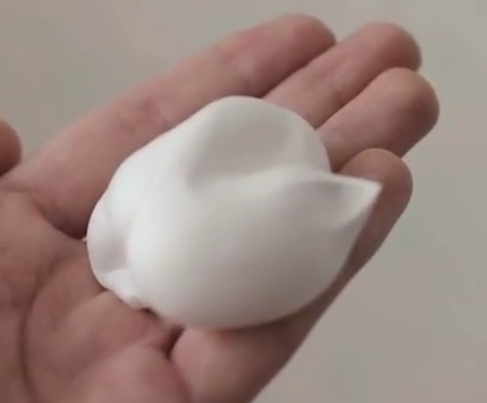| "Descrizione" by Al222 (20707 pt) | 2023-Jun-25 12:33 |
Review Consensus: 7 Rating: 7 Number of users: 1
| Evaluation | N. Experts | Evaluation | N. Experts |
|---|---|---|---|
| 1 | 6 | ||
| 2 | 7 | ||
| 3 | 8 | ||
| 4 | 9 | ||
| 5 | 10 |
Cocamide MEA belongs to the cocamide family (MEA, DEA, TEA, MIPA) is a chemical compound, a mixture of ethanolamides obtained from coconut fatty acids. Ethanolamides consist of carboxylic acid and amides.
The name describes the structure of the molecule:
- Cocamide indicates that the compound is derived from coconut oil, which is extracted from the kernel or pulp of coconuts and consists mainly of fatty acids. In the context of MEA cocamide, it refers to fatty acids derived from coconut oil.
- MEA stands for Monoethanolamine, an organic compound with chemical formula C2H7NO. MEA is used as a pH regulator and emulsifying agent in cosmetic formulations. In the context of MEA, it indicates that cocamide is associated with monoethanolamine.
The synthesis process takes place in different steps:
- Reaction. Cocamide, which is derived from coconut oil, is reacted with monoethanolamine (MEA). This reaction takes place under controlled temperature and pH conditions. The specific reaction conditions may vary depending on the synthesis method used.
- Neutralisation and purification. After the reaction, the mixture is neutralised to adjust the pH and remove excess reactants or by-products. Neutralisation is usually achieved by the addition of an acid or base, followed by purification steps such as filtration or centrifugation to remove any insoluble impurities.
- Drying and solidification. The purified product is then dried to remove any residual moisture or solvents. This drying step is generally performed under temperature-controlled and vacuum conditions. Once dried, the resulting material can be solidified into a solid form.
- Characterisation and analysis. The synthesised Cocamide MEA must be characterised and analysed to confirm its chemical structure and purity. Techniques such as NMR, MS and IR spectroscopy can be used to analyse the structure and verify the identity of the synthesised compound.
It appears as a white crystalline powder.

MEA (2-aminoethanol) or Monoethanolamine belongs to the first generation of ethanolamines, is a primary amine and is a strong alkaline agent, corrosion inhibitor and chemical intermediate.
Safety. MEA should not be included in products formulated as aerosols and in products containing N-nitroso. Scientific literature agrees that MEA can penetrate and absorb into the skin and cause skin irritation, particularly on the scalp.
What it is used for and where
Cosmetics
It is a non-ionic surfactant (has the function of removing dirt particles), viscous, foaming and stabilising.
Surfactant - Foam booster. Their function is to introduce gas bubbles into the water for a purely aesthetic factor, which does not affect the cleaning process, but only satisfies the commercial aspect of the detergent by helping to spread the detergent on the hair. This helps in the commercial success of a shampoo formulation. Since sebum has an inhibiting action on the bubble, more foam is produced in the second shampoo.
Viscosity Enhancing Agent - aqueous. Since viscosity is important for increasing the chemical and physical stability of the product, Viscosity Enhancing Agent acqueous is an important dosage factor in gels, suspensions, emulsions, solutions. Increasing viscosity makes formulations less sedimentary and more homogeneously thickened.

It is obtained from coconut oil by a chemical process in which ethanolamine is added.
Frequently used in recipes for detergents, shampoos, creams, etc.
CAS 68140-00-1
| Evaluate |

